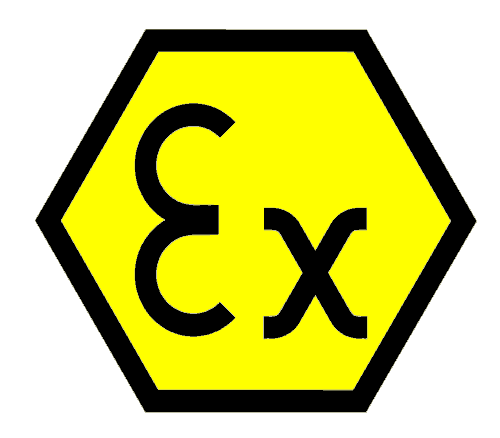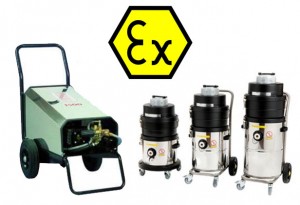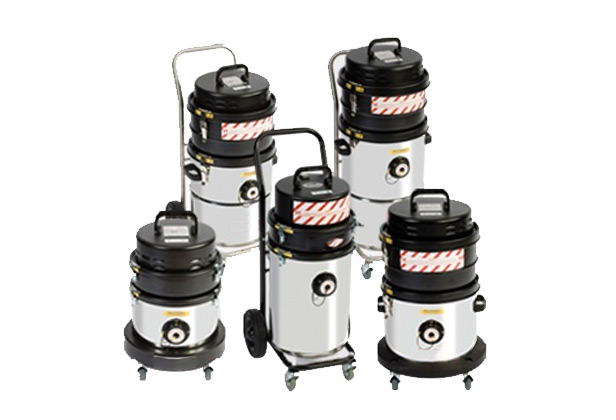
The ATEX directive consists of two EU directives designed to protect employees in explosive atmospheres. There is the ATEX equipment directive and the ATEX workplace directive:
- the ATEX 95 equipment directive 94/9/EC, Equipment and protective systems intended for use in potentially explosive atmospheres;
- the ATEX 137 workplace directive 99/92/EC, Minimum requirements for improving the safety and health protection of workers potentially at risk from explosive atmospheres.
https://ec.europa.eu/commission/index_en
The directive covers a large range of equipment, in a wide variety of industries including fixed offshore platforms, petrochemical plants, mines, flour mills and other areas where a potentially explosive atmosphere may be present.
Once the equipment has been tested and certified, it is then marked by the ’CE’ and ’EX’ symbols.
How does ATEX classify hazardous areas?
The hazardous places are classified into zones based on the frequency and duration of a hazardous explosive atmosphere:
Gas, Mists or Vapors
Zone 0 – An atmosphere where a mixture of air and flammable substances in the form of gas, vapor or mist is present frequently, continuously or for long periods.
Only Category I equipment can be used in Zone 0.
Zone 1 – An atmosphere where a mixture of air and flammable substances in the form of gas, vapor or mist is likely to occur in normal operation occasionally.
Only Category I and II equipment can be used in Zone 1.
Zone 2 – An atmosphere where a mixture of air and flammable substances in the form of gas, vapor or mist is not likely to occur in normal operation but, if it does occur, will persist for only a short period.
Category I, II and III can be used in Zone 2.
Dusts
Zone 20 – An atmosphere where a cloud of combustible dust in the air is present frequently, continuously or for long periods.
Only Category I equipment can be used in Zone 20.
Zone 21 – An atmosphere where a cloud of combustible dust in the air is likely to occur in normal operation occasionally.
Only Category I and II equipment can be used in Zone 21.
Zone 22 – An atmosphere where a cloud of combustible dust in the air is not likely to occur in normal operation but, if it does occur, will persist for only a short period.
Category I, II and III can be used in Zone 22.
Category I equipment – equipment with a very high level of protection.
Category II equipment – equipment with a high level of protection.
Category III equipment – equipment with a normal level of protection.



